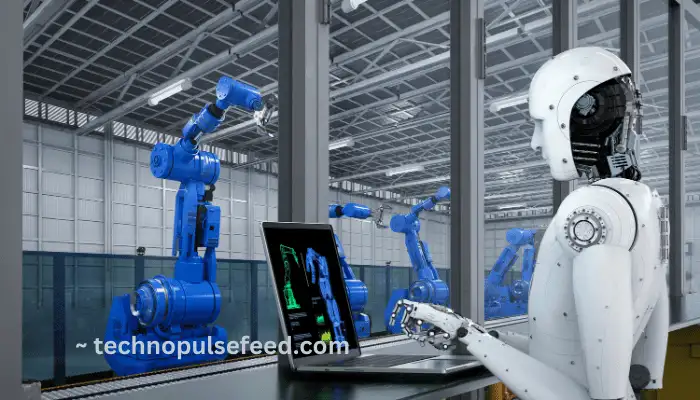Artificial Intelligence is on the way of disrupting most businesses as we know it but this will still need another decades. However, as climate action plans gain more and more importance than ever, can we class AI in the cadre of a climate champion or is it another carbon intensive tech? This article discusses how much energy AI chatbots require compared to a traditional web browser and its effects on global internet usage habits with respect for the ecology.
AI Chatbots and Energy Consumption: AI chatbots, for example like the ones provided by ChatGPT are an interaction between a machine that process a constant stream of data in real-time mimicking human-like responses to any stimulus. The complexity of this processing also results in more energy consumption because significant computational load is required.
Summary:
- AI chatbots work on exhaustive machine learning algorithms, and deep neural networks (DNNs), which exert tremendous pressure on computers.
- Data Centers: These chatbots are hosted on Data centers, which consume massive amounts of electricity and that make them energy intensive.
- That is, your web browsers are just functional when you open them,… but an AI chatbot needs to be running all the time in order not to miss user inputs.
Easily compared to Web Browsers: Traditional web browsers are not very efficient either, but they operate on a more simplistic level when compared with AI chatbots. This is because they are used to just get and show web content, without any need for a lot of data processing.

Web Browsers:
- Running lightweight code, uses low processing power and RAM (mainly utilized for buffering).
- AI Chatbots- This uses powerful servers and continuous data processing which makes ten times more energy consumption.
Eco-Friendly: In contrast, higher energy consumption of AI chatbots has wide environmental implications – an area which is more vulnerable to audience reactivity as the global emphasis on climate action and lowering carbon footprints grows.
Carbon Footprint:
- More Emissions: Running AI chatbots takes energy, and if that power is generated by non-renewable sources (which nowadays in fact seems like the case), than this typical possibility makes more carbon emissions.
- Data Center Cooling: Data centers produce a lot of heat and need to be cooled down which uses even more energy, consequently increasing emissions.
Artificial Intelligence: Climate Savior or Carbon Culprit? Although AI has the power to solve climate problems using better models and predictions, it is stuck in a conundrum of its own – that being how much electricity we need so this tech can work.
- Climate Modeling: Leveraging AI to improve the predictions of climate models for accurate forecasting and disaster preparedness.
- AI for Efficiency, to reduce your overall consumption and emissions in a efficiency-use case of AI: Efficient energy use across industries
- Challenges:
- Energy Intensive : This is a tricky one – as it turns out, the AI systems demand for electricity can wipe away many of its positive environmental effects.
- Resource Allocation: Sustainability is key in the development of AI and proper resource management helps reduce its impact on carbon emission.
For a Sustainable AI: The environmental footprint of the AI has to be tackled with advancement, energy optimization and sustainable process.
Sustainable AI Strategies:
- Renewable Energy Sources – thecognitivearchive – Medium reorganis8635 (2. Efficiency : Implementing more energy efficient algorithms or hardware will be useful to decrease the amount of power these AI chatbots would need.
- Carbon Offsetting – Companies can also invest in carbon offsetting projects which helps to neutralise the emissions produced their AI technologies.
Conclusion: AI chatbots, a revolution for the abilities they allow but with an impactful energy cost to be able difficult climate action ambitions. It is important to find a balance between exploiting the advances provided by AI and adhering to sustainable practices. If the industry lashes its carbon-sucking outs to powering AI by renewable energy and boosts more efficiency measures, as well commits seriously on bio or direct-air capture of CO2 where this is harder (which it will be in some instances), then we can imagine a scenario where AI isn’t seen as such an ecological pariah.
